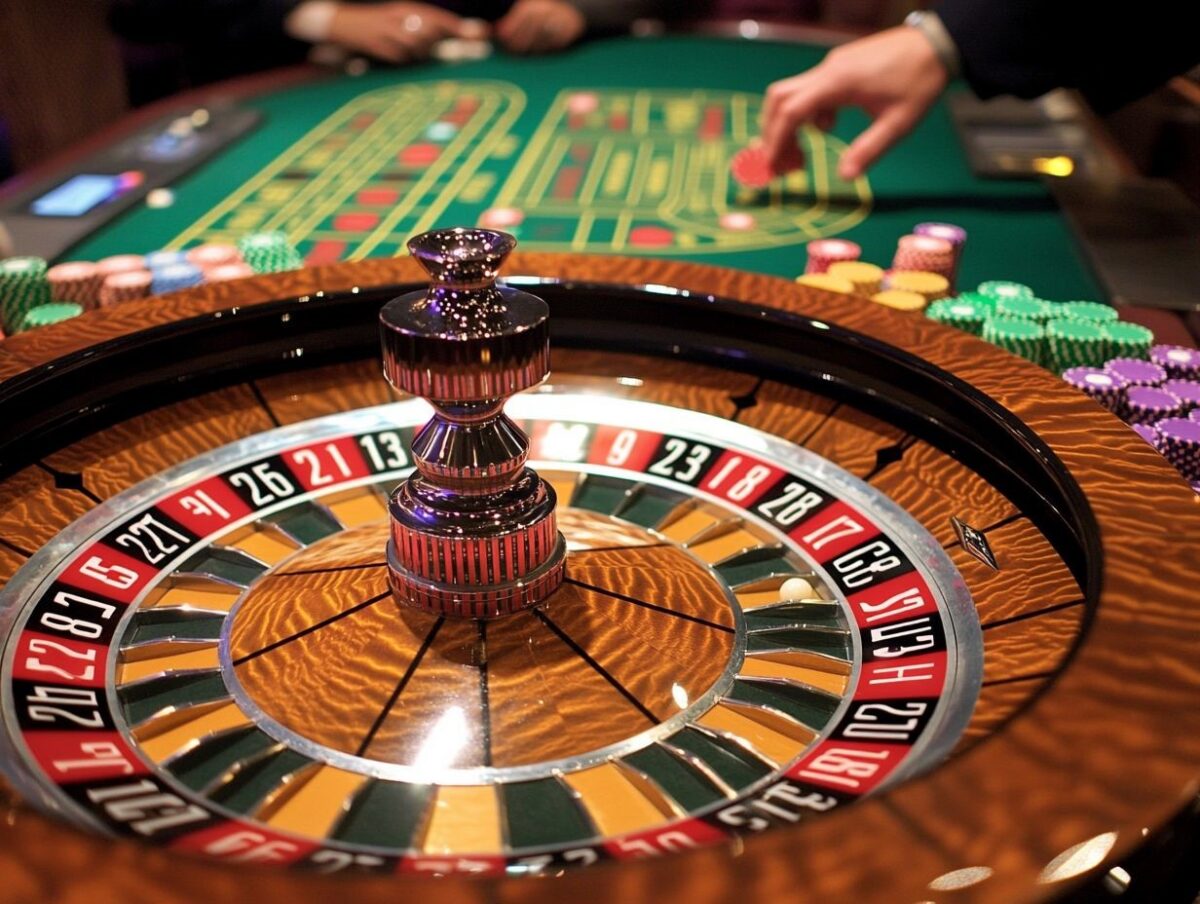The Allure of the Wheel: A Deep Dive into Roulette’s Rich History and Fascinating Facts
Roulette, a game synonymous with the thrilling casino atmosphere, has captivated players for centuries. Its iconic spinning wheel and ball immediately draw them in. However, it’s more than just a game of chance. Roulette, in fact, boasts a rich history. It weaves together mathematical pursuits, aristocratic entertainment, and a touch of mystique. In this article, we’ll spin through roulette’s fascinating story. Furthermore, we’ll uncover intriguing facts that make it a true casino legend.
Humble Beginnings: From Perpetual Motion to the “Little Wheel”
Roulette means “little wheel” in French. Its origins are somewhat mysterious, but most historians point to 17th-century France. The brilliant French mathematician, physicist, and inventor Blaise Pascal often gets credit. Ironically, Pascal wasn’t trying to create a casino game. Instead, he sought a perpetual motion machine. His experiments failed to defy physics; nevertheless, they inadvertently laid the groundwork for the roulette wheel’s mechanism.
Early spinning wheel games existed. For example, an English game called “Roly Poly” appeared in the early 18th century. Still, the game we recognize as modern roulette truly took shape in Paris casinos around the late 1700s. These early wheels featured numbers 1-36, along with a single zero and a double zero. Consequently, in the 1800s, designers introduced the distinctive green color for the zero pockets to avoid confusion from red and black zeros.
The Blanc Brothers and European Roulette’s Rise
A pivotal moment in roulette’s history came in 1843 in Bad Homburg, Germany. Frenchmen François and Louis Blanc introduced a single-zero roulette wheel. This innovation significantly reduced the house edge compared to the double-zero version. Thus, it became more appealing to players. When Germany outlawed gambling, the Blanc family moved their operation to Monte Carlo. They transformed it into a luxurious gambling mecca. Ultimately, the single-zero wheel became the European standard, earning its name, “European Roulette.”
Across the Atlantic: The American Evolution
Roulette made its way to the United States in the early 19th century, primarily via New Orleans. American casino owners wanted to increase their profits. Therefore, they reinstated the double-zero pocket (0 and 00). This gave the house a higher edge and became the defining characteristic of “American Roulette.” Over time, the American version also saw simplifications to the betting layout. Additionally, the wheel was often placed on top of the table to deter cheating.
Interesting Facts That Spin a Tale
Beyond its historical journey, roulette is brimming with captivating facts:
- The “Devil’s Game”: Add up all the numbers on a roulette wheel (1 to 36). The sum is 666. This eerie coincidence, in fact, earned roulette the nickname “The Devil’s Game.”
- European vs. American Odds: European Roulette offers a better house edge (2.7%) for players due to the single zero. Conversely, American Roulette’s double zero gives the house a 5.26% edge. Savvy players consequently often seek out European tables.
- The Croupier: The dealer in roulette isn’t called a “dealer.” The term “croupier” nods to the game’s French origins.
- The Most Popular Number: Statistically, “17 Black” is the most frequently bet number. Its central location on the European table and appearances in popular culture (like James Bond films) likely contribute to its popularity.
- Opposite Spins: The roulette wheel and the ball always spin in opposite directions. This ensures a truly random outcome.
- Dolly’s Purpose: The small marker placed on the winning number on the table is called a “dolly.” Its doll-like shape gave it the name.
- No Guarantees: Many betting strategies exist (like Martingale or Fibonacci). Yet, roulette remains a game of pure chance. No system can guarantee a win, as each spin is independent.
- Online Revolution: The mid-1990s saw the advent of online casinos. They brought roulette to a global audience. Furthermore, this allowed for faster gameplay, averaging 100-150 spins per hour, compared to 40-50 in land-based casinos.
- Original Ball Material: Early roulette balls were crafted from ivory. However, today, they are made from ceramic or plastic.
Why Roulette Continues to Dazzle
From its unexpected origins in a mathematician’s quest to its evolution across continents, roulette maintains its position as a casino cornerstone. Its blend of simplicity, thrilling anticipation, and the visual spectacle of the spinning wheel all ensure its enduring appeal. Whether you’re a seasoned high-roller or a curious beginner, the “little wheel” continues to offer an exciting dance with destiny.














Post Comment